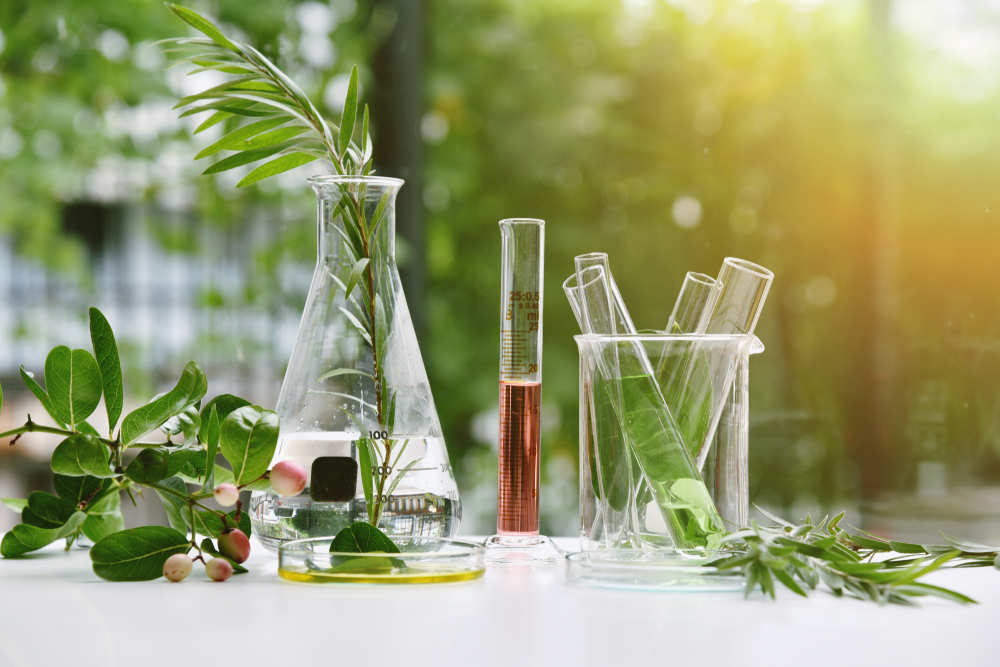Clean beauty has emerged as a significant trend in the skincare and cosmetics industry, focusing on products formulated without harmful chemicals and with a commitment to environmental sustainability. Understanding the ingredients in your skincare products is crucial to achieving healthy skin and contributing to overall wellness. Here’s a guide to navigating clean beauty, including what to look for and what to avoid for healthy skin.
Key Principles of Clean Beauty
- Safety Over Source: Clean beauty prioritizes ingredients that are safe and non-toxic, whether they’re natural, naturally-derived, or synthetic. The emphasis is on safety and efficacy rather than the origin of the ingredient.
- Transparency: Brands that embrace clean beauty often provide detailed information about their formulations, including the source and purpose of each ingredient.
- Sustainability: Clean beauty also considers the environmental impact of products, from sourcing ingredients sustainably to using eco-friendly packaging.
Ingredients to Look For
Nourishing Oils and Butters
- Examples: Jojoba oil, argan oil, shea butter, and cocoa butter.
- Benefits: These natural moisturizers hydrate and nourish the skin, promoting a healthy skin barrier without clogging pores.
Antioxidants
- Examples: Vitamin C, vitamin E, ferulic acid, and green tea extract.
- Benefits: Antioxidants protect the skin from damage caused by free radicals, reducing the signs of aging and promoting a brighter complexion.
Gentle Acids
- Examples: Hyaluronic acid, lactic acid, and glycolic acid (in low concentrations).
- Benefits: These acids hydrate, exfoliate, and promote cell turnover, leading to smoother, more radiant skin.
Plant Extracts and Herbs

- Examples: Aloe vera, chamomile, and calendula.
- Benefits: Known for their soothing and anti-inflammatory properties, these ingredients can calm irritated skin and promote healing.
Ingredients to Avoid
Synthetic Fragrances and Dyes
- Why to Avoid: They can cause irritation, allergic reactions, and other skin sensitivities. Clean beauty products often use essential oils or are fragrance-free.
Parabens and Phthalates
- Why to Avoid: Used as preservatives and plasticizers, respectively, these chemicals have been linked to hormonal disruptions and other health concerns.
Sulfates
- Why to Avoid: Common in cleansers and shampoos, sulfates can strip the skin of its natural oils, leading to dryness and irritation.
Formaldehyde and Formaldehyde Releasers
- Why to Avoid: Used as preservatives, these compounds can release formaldehyde over time, which is a known carcinogen.
How to Embrace Clean Beauty
- Read Labels Carefully: Familiarize yourself with ingredient names and their purposes. Look for products that are transparent about their formulations.
- Start Small: Transitioning to a clean beauty routine doesn’t have to be overwhelming. Begin by replacing products as you run out with cleaner alternatives.
- Do Your Research: Not all natural or organic products are automatically safe or effective. Research brands and ingredients to make informed choices.
- Consult Professionals: If you have specific skin concerns, consider consulting a dermatologist who is knowledgeable about clean beauty and can provide personalized recommendations.
Clean beauty represents a shift towards more mindful consumption, focusing on skin health, safety, and environmental sustainability. By understanding the ingredients in your skincare products, you can make choices that are not only better for your skin but also for the planet.



